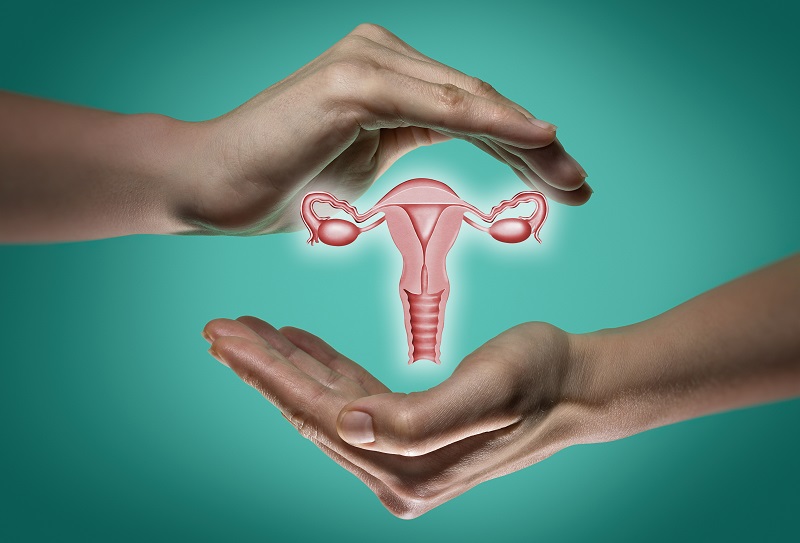The Difference Between Ovarian and Cervical Cancer

A cancer diagnosis is frightening. Gynecological cancers are a big concern for women. Our bodies contain up to 78 organs. Ten of those are found in the female reproductive system. It can be confusing for people who do not have a medical background to differentiate between each part. That’s especially true when discussing ovarian and cervical cancer. While they are often referred to together, they are two separate conditions.
Understanding Cervical Cancer
Cervical cancer is caused by the presence of the human papillomavirus, or HPV. This virus causes cells in the cervix to change. A vaccine is available to girls around the age of 12 or 13 that helps protect them from developing two types of HPV. Cervical cancer signs include:
- Abnormal bleeding between periods
- Bleeding after menopause
- Bleeding after sex
- Pain in pelvis
- Pain during sex
- Heavy discharge
Understanding Ovarian Cancer
Medical experts do not know exactly what causes ovarian cancer. This condition occurs in the ovaries, which are found in the lower region of the abdomen. Several risk factors can increase your chances of a cancer diagnosis. They include hormone replacement therapy, smoking, a family history of cancer, and breastfeeding for less than six months. Ovarian cancer symptoms include:
- Persistent bloating
- Getting full quickly when eating
- Loss of appetite
- Unexplained stomach pain
- Changes in bowel habits
- Frequent urination
Have You Had a Cancer Screening?
The best way to protect yourself from ovarian and cervical cancer is with regular screenings. If you have never been checked or are overdue, let us know. Contact Women’s Health today to schedule an appointment.





